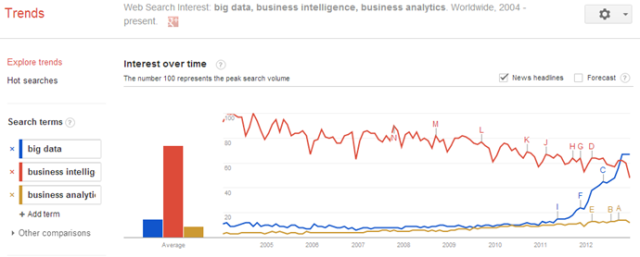Dassian will leverage partnership with SAP to offer services and enterprise software specifically for government contracting and service provider midmarket companies, consolidating delivery efficiencies and reducing TCO.
Scottsdale, AZ (PRWEB) May 07, 2013
Dassian Inc., a leading business software provider of SAP® solution-based government compliance industry-focused solutions, today announced it has become an SAP channel partner authorized to resell the SAP® Business All-in-One solutions to midsize government contracting companies in North America. SAP Business All-in-One is a comprehensive, proven solution with preconfigured, industry-specific business processes to enable predictable and affordable implementations. Optimized for midsize companies, SAP Business All-in-One has the flexibility to adapt and extend as a business evolves and grows.
With its designation as an authorized SAP channel partner, Dassian now provides a complete solution that encompasses all facets required for successful implementation, including SAP Business All-in-One software licensing, implementation services, training and documentation, staffing and optimization and support.
“We are quite pleased to have the strength of a world leader in enterprise software behind us, through our new status as an SAP channel partner,” said Dan Murphy, president and CEO of Dassian. “This partnership will enable Dassian to help our government contracting customers benefit from the SAP Business All-in-One solutions provided by Dassian. We’ll help them to increase business transparency, drive competitive advantage, and accelerate the value of their investments in SAP solutions.”
Dassian intends to broaden its services for SAP solutions by offering the SAP Business All-in-One solutions to midsize companies in the government contracting industry enabling DCAA compliance through a pre-configured turn-key enterprise solution. Through its partnership with SAP, Dassian can bundle services and enterprise software where consolidated delivery efficiencies can provide a lower price for total cost of ownership.
“SAP and its partners offer midsize companies the vertical solutions they need to compete effectively and grow their businesses profitably,” said Mark Milford, national vice president, North America Ecosystem Group, SAP. “We look forward to working with Dassian as an SAP channel partner authorized to resell SAP Business All-in-One solutions to midsize companies in North America, helping companies to achieve their objectives of improved growth, lower costs and a better understanding of business processes.”
About Dassian Inc.
Dassian is an SAP channel partner and an SAP software solution and technology partner in the SAP PartnerEdge® program with a solution certified by SAP. It has a well-earned reputation for consistently delivering a full-range of innovative, industry-focused solutions to government contractors and professional services firms worldwide since 2001. Dassian is a global company, headquartered in Scottsdale, Arizona, with customers across four continents. More information is available at http://www.dassian.com and http://www.facebook.com/DassianInc or call 480-922-1700 with further questions.
SAP, PartnerEdge and other SAP products and services mentioned herein as well as their respective logos are trademarks or registered trademarks of SAP AG in Germany and in several other countries all over the world.
All other product and service names mentioned are the trademarks of their respective companies.
SAP Forward-looking Statement
Any statements contained in this document that are not historical facts are forward-looking statements as defined in the U.S. Private Securities Litigation Reform Act of 1995. Words such as “anticipate,” “believe,” “estimate,” “expect,” “forecast,” “intend,” “may,” “plan,” “project,” “predict,” “should” and “will” and similar expressions as they relate to SAP are intended to identify such forward-looking statements. SAP undertakes no obligation to publicly update or revise any forward-looking statements. All forward-looking statements are subject to various risks and uncertainties that could cause actual results to differ materially from expectations The factors that could affect SAP’s future financial results are discussed more fully in SAP’s filings with the U.S. Securities and Exchange Commission (“SEC”), including SAP’s most recent Annual Report on Form 20-F filed with the SEC. Readers are cautioned not to place undue reliance on these forward-looking statements, which speak only as of their dates.
For more information, press only:
Dassian – Barbara McElnea, Director of Marketing, bmcelnea(at)dassian(dot)com
Contact Information
Barbara McElnea
Dassian Inc.
http://www.dassian.com
(480) 922-1700
Source: http://bit.ly/ZsElxT










